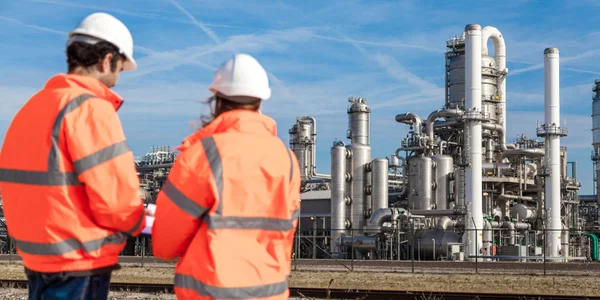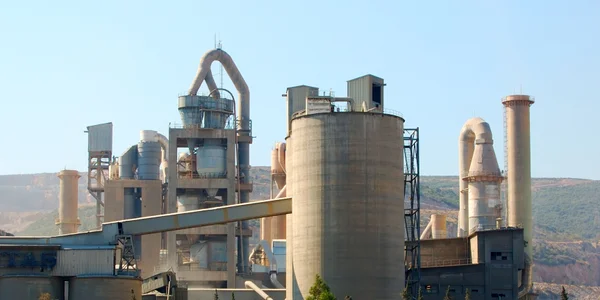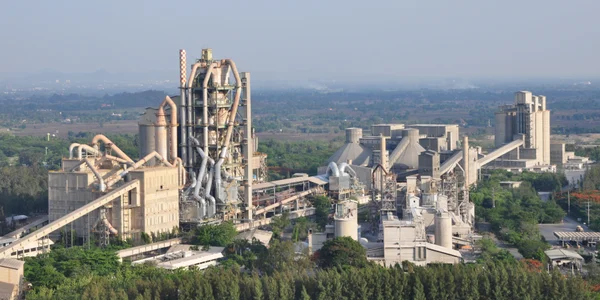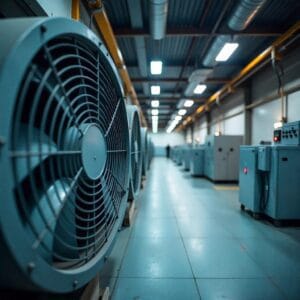Kantoren
HOOFDKANTOOR

Duitsland
- Intensiv Filter Himenviro Technologies GmbH
Neustraße 45 - 49, 42553, Velbert, Duitsland/Duitsland - +49 20534200990
REGIONAAL KANTOOR

Groot-Brittannië
- Intensief filter Himenviro UK Limited
47, Bath Street WS13BX, Wallsall West Midlands, Groot-Brittannië - +44 1922 628893
REGIONAAL KANTOOR

Verenigde Arabische Emiraten
- Intensieve filter Himenviro Technologies FZE – LLC
Businesscentrum, Sharjah Publishing City Free Zone, Sharjah, VAE - +971-556074697
REGIONAAL KANTOOR

Indië
- Intensief-Filter Himenviro Private Limited
D-247/11, Sector-63, Noida - 201301, Uttar Pradesh, India - +91-120-4642-500
REGIONAAL KANTOOR

Indië
- Intensief-Filter Himenviro Private Limited
D-247/11, Sector-63, Noida - 201301, Uttar Pradesh, India - +91-120-4642-500
REGIONAAL KANTOOR

Indië
- Intensief-Filter Himenviro Private Limited
D-247/11, Sector-63, Noida - 201301, Uttar Pradesh, India - +91-120-4642-500
Lucht- en stoffiltratieoplossingen voor staal en metaal
De staal- en metaalindustrie produceert enorme hoeveelheden luchtverontreinigende stoffen, waaronder fijnstof, metaaldeeltjes en dampen. Ongecontroleerde uitstoot kan leiden tot milieuverontreiniging, gezondheidsrisico's voor werknemers en schade aan apparatuur. Onze lucht- en stoffiltersystemen zijn speciaal ontwikkeld voor deze veeleisende omgevingen en vangen emissies op die vrijkomen bij smelt-, giet- en afwerkingsprocessen. Onze oplossingen zijn bestand tegen hoge temperaturen en stofdeeltjes en verbeteren de luchtkwaliteit, de naleving van regelgeving en het welzijn van werknemers. Dit zorgt voor een schonere en veiligere productieomgeving.
Stoffiltratieproces in de staal- en metaalindustrie
De elektrische vlamboogoven wordt gebruikt voor de productie van constructiestaal, hoogwaardig staal en roestvrij staalVerder wordt het gebruikt voor de productie van carbide en synthetische kristallen.
Stofverwijderingsinstallaties voor elektrische vlamboogovens extraheren en reinigen de primaire afvalgassen van de vlamboogoven volledig, evenals alle secundaire afvalgassen die worden geproduceerd tijdens het smelten, afvloeien of tijdens het laden en ontslakken. De afvalgassen die zich vormen in de panoven, tijdens het materiaaltransport en in andere aangesloten installaties worden geëxtraheerd en behandeld.

Filter voor dakkap
Filter voor EAF
- 1. Dakkap
- 2. Filter voor dakkap
- 3. Beademingsapparaat
- 4. Schoorsteen
- 5. Elektrische vlamboogoven
- 6. Watergekoelde leidingen
- 7. Warmtewisselaar
- 8. Filter voor EAF
- 9. Beademingsapparaat
- 10. Omvormer
Vereiste specificaties
Filtertitel PJM
Typische ontwerpgegevens | Dakkap |
|---|---|
Gasvolume | 1,000,000 |
Gastemperatuur | 80 |
Soort stof | IJzeroxiden verbrandingsresten |
Reststofgehalte | < 10 |
Ruw gasstofgehalte | < 5 |
Schoonmaak | online / offline |
Filtermedium | Polyester |
Explosieveilig ontwerp | niet nodig |
Sorptiemiddel | niet nodig |
Filtertitel PJM
Typische ontwerpgegevens | Elektrische vlamboogoven |
|---|---|
Gasvolume | 120,000 |
Gastemperatuur | 120 |
Soort stof | IJzeroxiden verbrandingsresten |
Reststofgehalte | < 10 |
Ruw gasstofgehalte | < 5 – 10 |
Schoonmaak | online / offline |
Filtermedium | Polyester |
Explosieveilig ontwerp | niet nodig |
Sorptiemiddel | niet nodig |
Toepassingen voor staal- en metaalstofbeheersing
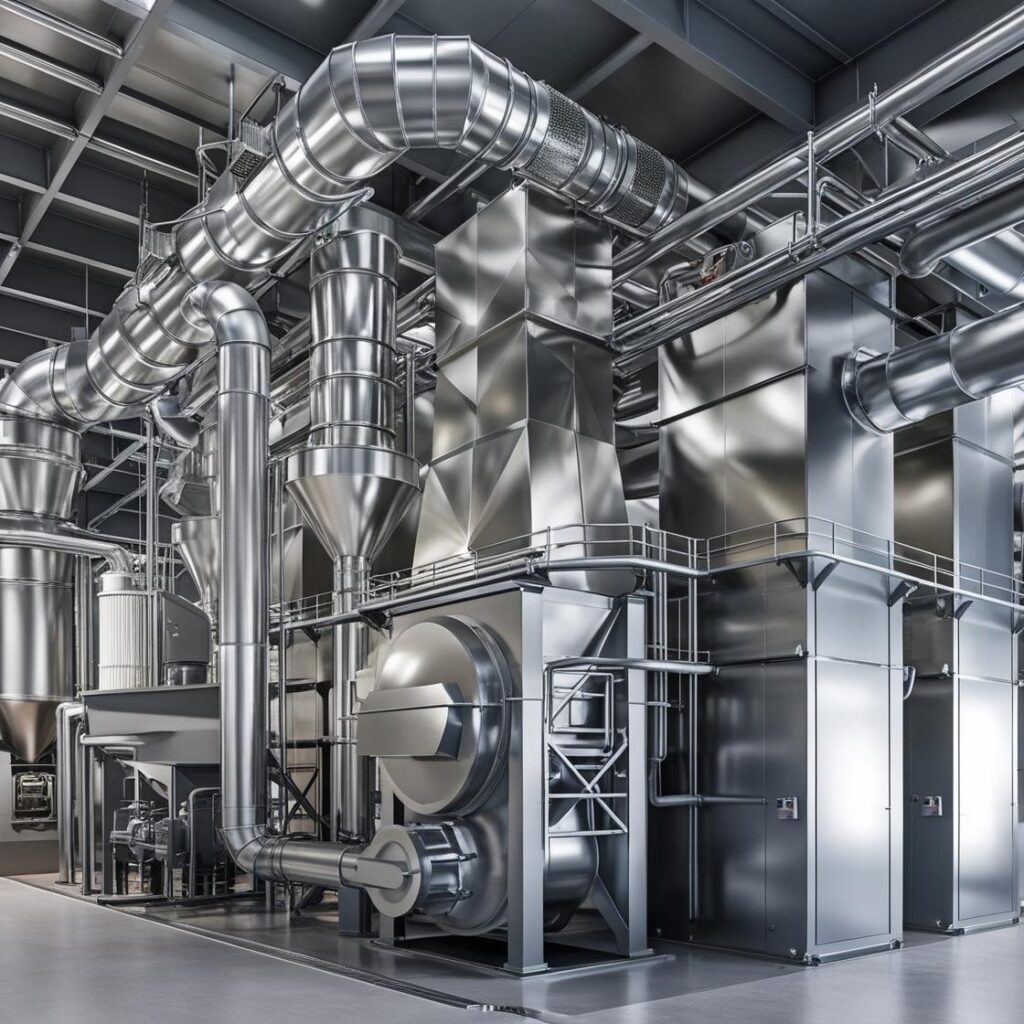
Beheerst stof en dampen die vrijkomen bij het smelten en smelten, en vangt gevaarlijke deeltjes op die ontstaan in ovens met hoge temperaturen.

Vermindert de uitstoot van gietprocessen door zwevende deeltjes en metaaldampen af te vangen die de luchtkwaliteit kunnen beïnvloeden.

Verwijdert fijn stof en metaalschaafsel dat ontstaat bij het slijpen en polijsten. Zo wordt voorkomen dat verontreinigingen de productkwaliteit en de veiligheid van de werknemers beïnvloeden.
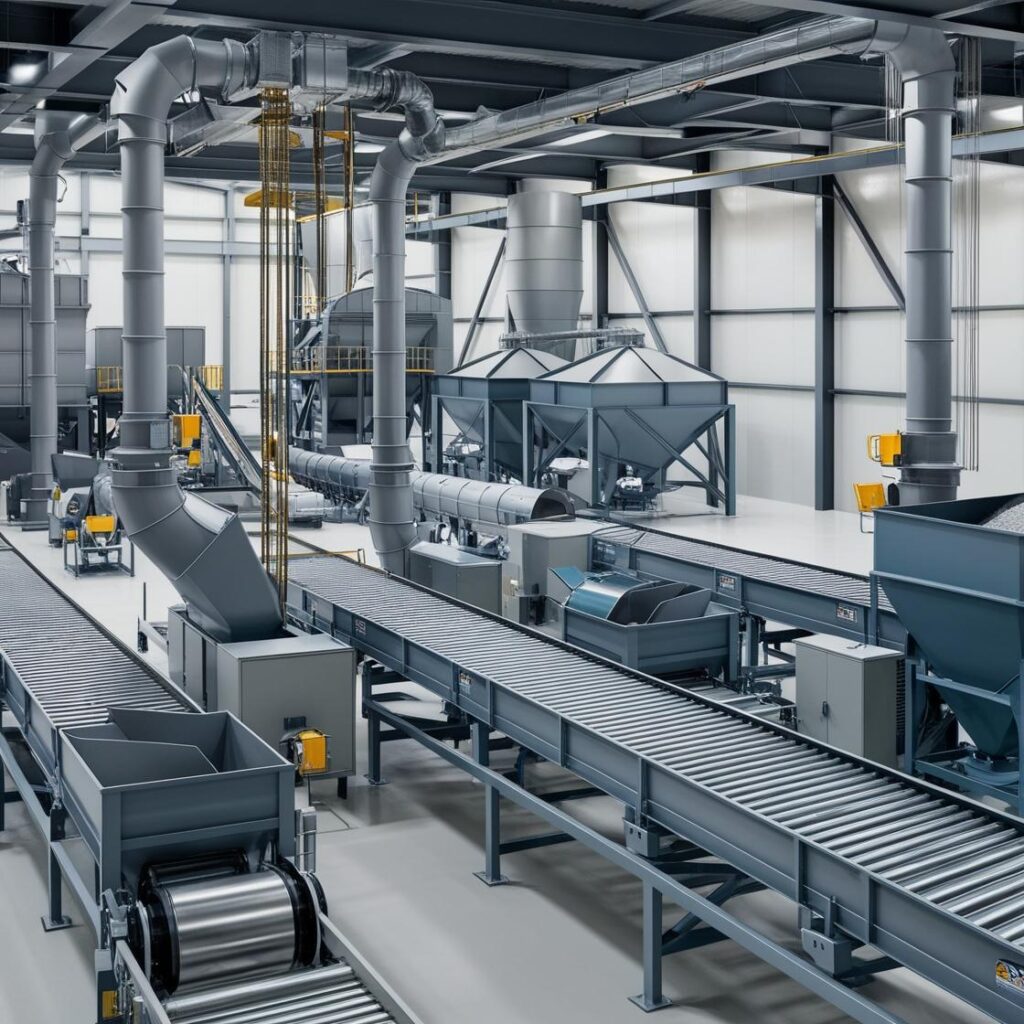
Beheerst stof dat ontstaat tijdens het hanteren, transporteren en opslaan van materialen en minimaliseert de uitstoot van deeltjes in de werkomgeving.
Regelgevingslandschap voor stofbeheersing |
|---|
Naleving van luchtkwaliteitsnormen |
Naleving van de gezondheids- en veiligheidsvoorschriften voor werknemers |
Preventie van brand- en explosiegevaar |
Naleving van milieubescherming |
Realtime emissiemonitoring |
Hittebestendigheid |
Minder onderhoud en uitvaltijd |
Productkwaliteitsborging |
Lagere operationele kosten |
Uitdagingen op het gebied van stofbeheersing |
|---|
Hoge stof- en dampniveaus |
Gezondheidsrisico's voor werknemers door metaaldeeltjes |
Strikte milieuregelgeving |
Brand- en explosiegevaren |
Verontreiniging van eindproducten |
Slijtage door schurend stof op apparatuur |
Temperatuurtolerantievereisten |
Het beheren van grote hoeveelheden stofafzuiging |
Minimaliseren van onderhoudsgerelateerde downtime |
Belangrijke overwegingen voor effectieve stofbeheersing |
|---|
Gerichte afvang op emissiepunten |
Duurzaamheid bij hoge temperaturen |
Geoptimaliseerde luchtstroom- en drukregeling |
Hittebestendige filtratiematerialen |
Regelmatige onderhoudsprotocollen |
Naleving van industrienormen |
Flexibele, op maat gemaakte oplossingen |
Risicobeperking voor verbrandingsgevaren |
Toegewijde systemen voor verschillende productiefasen |
Neem contact met ons op voor deskundig advies
Ontdek onze andere diensten!
Veelgestelde vragen
In de staal- en metaalverwerking zijn veelgebruikte filtratiesystemen onder andere doekenfilters, elektrostatische filters (ESP's), natte wassers en cycloonafscheiders. Doekenfilters gebruiken stoffen zakken om stofdeeltjes op te vangen, terwijl ESP's elektrische ladingen gebruiken om deeltjes uit uitlaatgassen te verwijderen. Natte wassers verwijderen verontreinigende stoffen door een reinigingsvloeistof toe te voegen, en cycloonafscheiders gebruiken centrifugale kracht om stof uit gasstromen te scheiden. De systeemkeuze hangt af van factoren zoals deeltjesgrootte, gastemperatuur en specifieke procesvereisten.
Filtersystemen verbeteren de luchtkwaliteit door effectief fijnstof en verontreinigende stoffen af te vangen en te verwijderen die tijdens de metaalverwerking vrijkomen. Door emissies te verminderen, helpen deze systemen bedrijven te voldoen aan milieuvoorschriften en -normen, waardoor hun impact op het milieu wordt geminimaliseerd en een veiligere werkplek wordt bevorderd.
ESP's bieden een hoge efficiëntie bij het verwijderen van fijne deeltjes, met een efficiëntie tot wel 99%. Dit is met name gunstig in de staalproductie, waar rookgasemissies vaak fijne stofdeeltjes bevatten. Ze kunnen grote gasvolumes verwerken en werken effectief bij hoge temperaturen. Bovendien hebben ESP's een relatief lage drukval, wat resulteert in een lager energieverbruik tijdens bedrijf.

